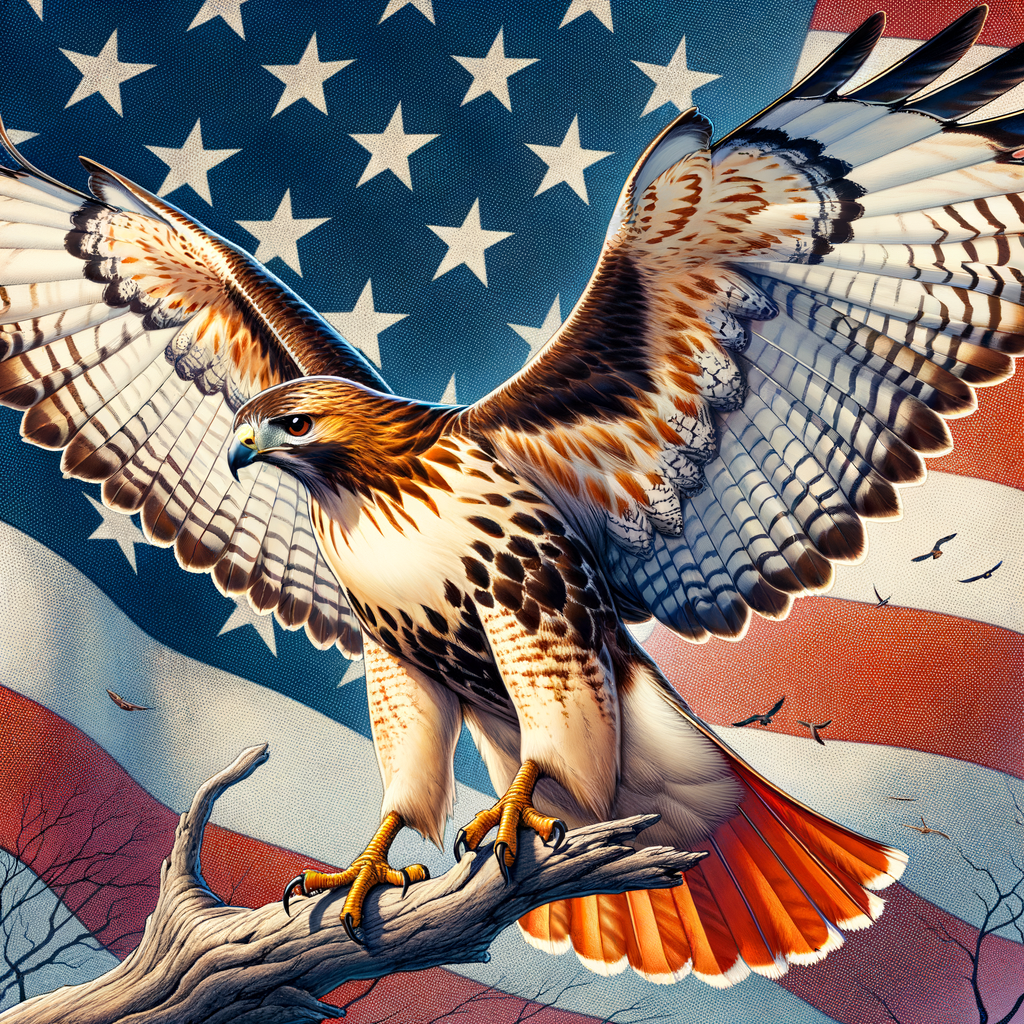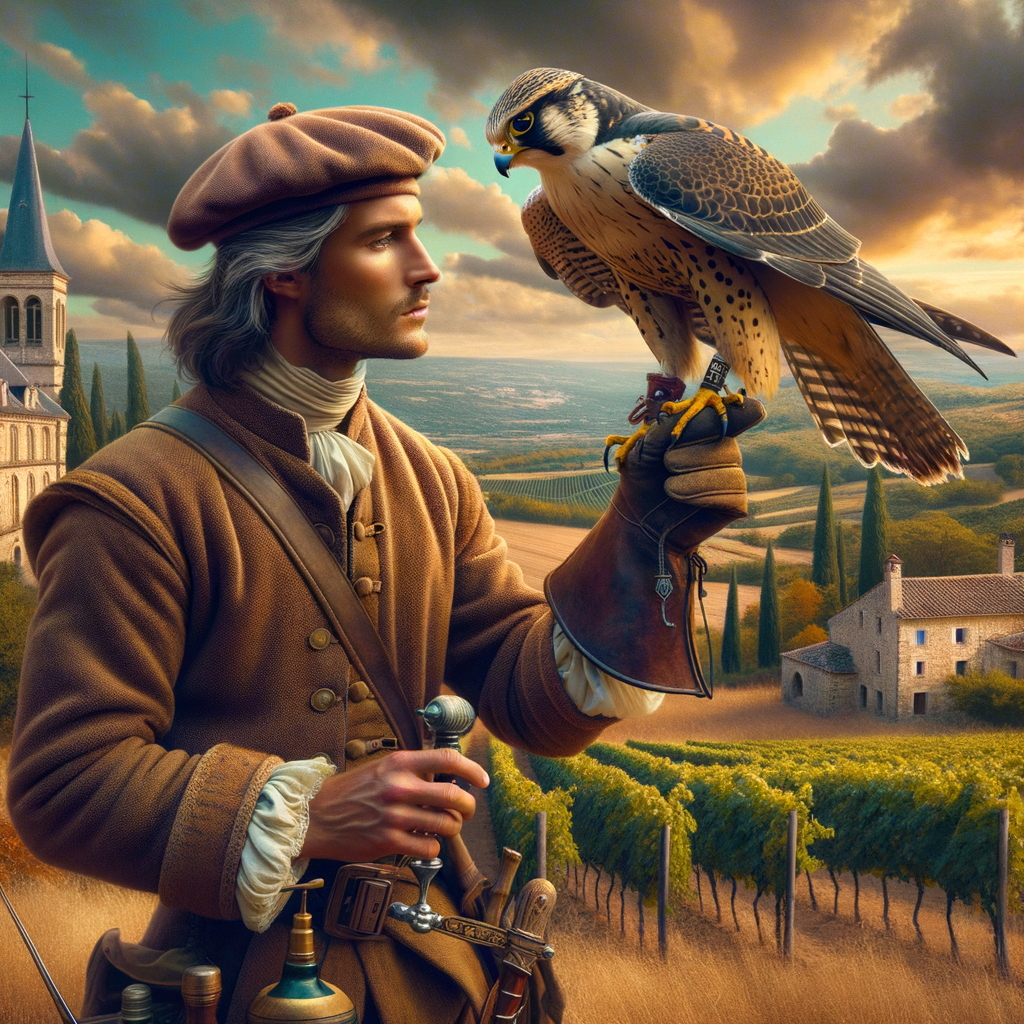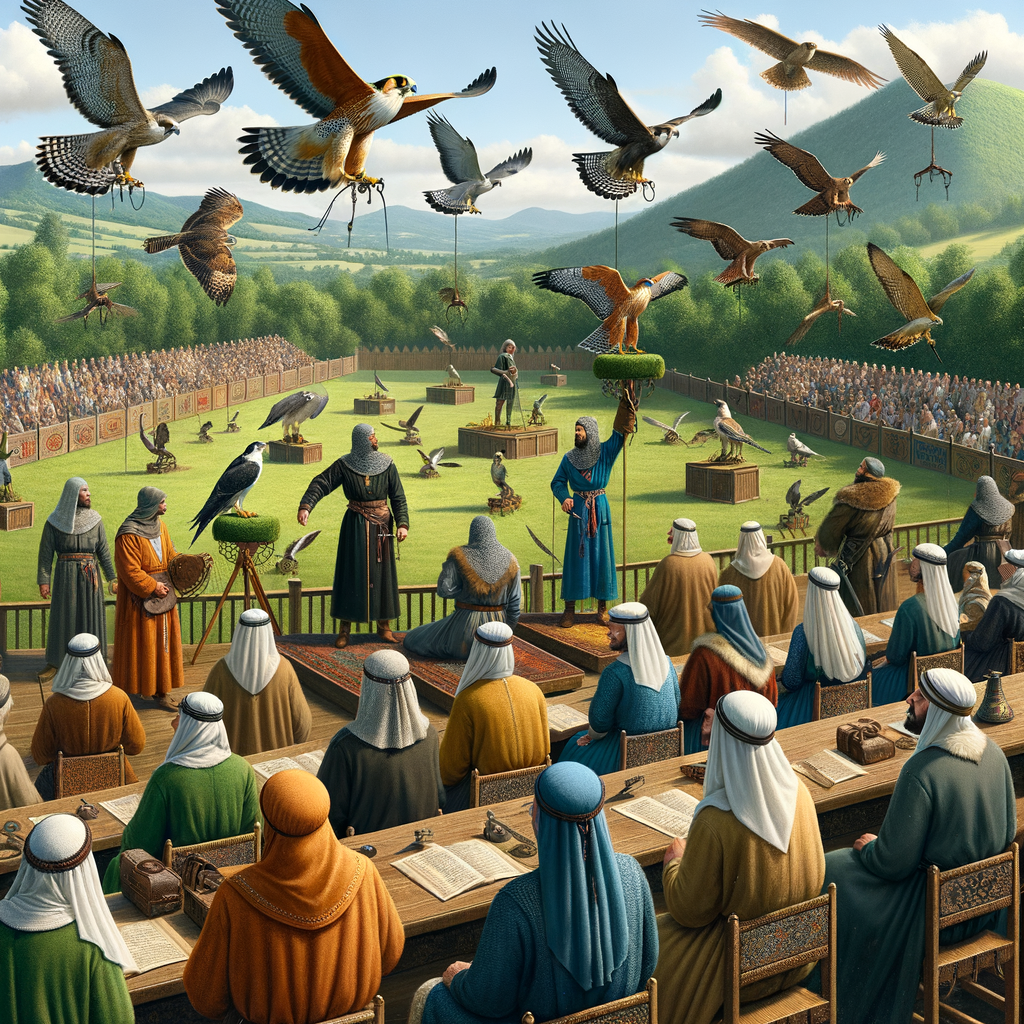Amazing Facts About Red-Tailed Hawks
-
Wingspan and Size: Red-tailed hawks have an impressive wingspan of about 4 to 5 feet and weigh around 2 to 4 pounds.
-
Habitat: These hawks are highly adaptable and can live in diverse environments such as deserts, forests, grasslands, and even urban areas.
-
Diet: They primarily feed on small mammals like mice and rabbits, but they can also eat birds, reptiles, and insects.
-
Hunting Techniques: Red-tailed hawks are skilled hunters, often seen soaring high in the sky before diving down quickly to catch their prey.
-
Vision: Their eyesight is exceptional, allowing them to spot prey from a great distance, possibly up to a mile away.
-
Nest Building: Red-tailed hawks build large nests in tall trees or cliffs using sticks and twigs. They often reuse and renovate these nests year after year.
-
Mating and Lifespan: They usually mate for life and can live up to 20 years in the wild.
-
Symbolism: In many cultures, red-tailed hawks are seen as symbols of strength, freedom, and vision.
-
Conservation Status: Currently, red-tailed hawks are not endangered and have a stable population, thanks to their adaptability.
Discovering the Majesty of Red-Tailed Hawks: A Bird With Spirit as Fierce as an Irish Warrior
Hello, fellow nature enthusiasts! Imagine the thrill of watching a red-tailed hawk soaring through the sky, its piercing eyes scanning the ground below. It’s much like witnessing a brave Irish warrior standing tall and vigilant atop a lush green hill, ready to defend its land with unparalleled spirit. At Learn Falconry, we’ve dedicated ourselves to sharing the wonders of these magnificent birds, and today’s focus is on the red-tailed hawk’a creature as fascinating as a tale spun by legendary Irish storytellers.
In this article, we will explore everything that makes red-tailed hawks incredible: their keen sense of sight, powerful hunting skills, and the unique role they play in the world of falconry. By the end of our journey, you’ll not only know why these birds are revered in the falconry community but also feel a deeper connection to them. So stay with us, because the adventure into the world of red-tailed hawks is just beginning, and trust us, it’s a tale you won’t want to miss.
Exploring the World of Red-Tailed Hawks in Falconry
Red-tailed hawks are among the most fascinating and sought-after birds for falconry enthusiasts. These magnificent creatures, known scientifically as Buteo jamaicensis, capture the hearts of falconers worldwide due to their impressive hunting skills and striking appearance. In this article, we’ll dive deep into the allure of the red-tailed hawk, a prominent hawk species within the falconry community.
Characteristics of the Red-Tailed Hawk
Red-tailed hawks are easily recognizable due to their broad, rounded wings and short, wide tails that feature a reddish-brown color on the top side. These hawks can typically be found soaring gracefully in the sky or perched high on trees, scanning the ground for prey. They have a remarkably keen vision, which plays a pivotal role in their exceptional hunting abilities. Learn more about the essential falconry kit needed to work with these birds.
Habitat and Distribution
This hawk species is incredibly adaptable and can be found across North America, from Alaska to Panama. They thrive in a variety of environments, including deserts, grasslands, forests, and even urban areas. The red-tailed hawk’s versatility makes it an ideal bird for those new to falconry. To explore more about different habitats and their influence on falconry techniques, visit our section on advanced falconry techniques.
Hunting and Diet
Red-tailed hawks primarily prey on small mammals like rodents, rabbits, and occasionally birds and reptiles. In the context of red-tailed hawk falconry, it’s essential to understand their diet to ensure they are well-nourished and healthy. A balanced diet is crucial for their performance and longevity. For insights on feeding and nutrition, check out our guide on falcon nutrition.
Training Red-Tailed Hawks for Falconry
Training a red-tailed hawk for falconry requires patience, dedication, and the right techniques. Basic training techniques involve positive reinforcement, where the bird is rewarded for desired behaviors. It’s also crucial to use the appropriate falconry equipment such as hoods, gloves, and jesses to handle and train these magnificent birds safely.
History and Significance in Falconry
The history of falconry spans thousands of years, and red-tailed hawks have played a significant role in this ancient practice. Their natural hunting prowess and trainability make them a valuable asset to falconers. If you’re curious about the rich history of red-tailed hawk falconry, visit our section on the history of falconry.
Legal Aspects and Conservation
Falconry laws and regulations vary by region, ensuring the practice is conducted ethically and sustainably. It’s important to familiarize yourself with the legal aspects of falconry to ensure compliance and contribute to conservation efforts. Red-tailed hawks play a vital role in maintaining ecological balance, making conservation an integral part of falconry. For more on this, check out our page on falconry and conservation.
With their majestic presence and unparalleled hunting skills, red-tailed hawks remain a cornerstone of falconry, captivating the imaginations of beginners and seasoned falconers alike. Explore additional resources and dive deeper into the world of falconry for beginners and other hawk species to enhance your falconry journey.
Breeding Season
The Red-tailed Hawks began their 12th breeding season on March 17, 2024, as documented by the Cornell Hawks Cam. The official start of the nesting season was marked by Big Red laying her first brown-speckled egg at the Fernow nest site above Cornell University’s main campus in Ithaca, New York.
| Key Event | Date |
|---|---|
| First egg laid | March 17, 2024 |
| Nest location | Ithaca, NY |
Incubation Period
For the next month, the Red-tailed Hawks will be busy incubating their eggs. Typically, the eggs are expected to hatch by mid-April. During this period, Big Red will spend most of her time at the nest, while her mate Arthur will assist in incubation duties when she takes breaks.
| Activity | Duration |
|---|---|
| Incubation period | 1 month |
| Expected hatch time | Mid-April |
Nesting Cycle
The next generation of Red-tailed Hawks will be raised live on the Cornell Hawks Cam. The chicks will be named using an alphanumeric naming system, such as “N1,” “N2,” and so on.
| Nesting Cycle | Details |
|---|---|
| Live broadcast | Cornell Hawks Cam |
| Naming of chicks | Alphanumeric system (N1, N2, etc.) |
Migration Patterns
Red-tailed Hawks have distinct migration patterns. Their autumn migration takes place between August and early January, whereas the spring migration spans from February to early June. These hawks migrate across a broad front but often concentrate along major leading lines, like the Kittatinny Ridge in eastern Pennsylvania’s central Appalachian Mountains.
| Migration Period | Timing |
|---|---|
| Autumn | August to early January |
| Spring | February to early June |
Habitat and Diet
Red-tailed Hawks are versatile predators found in open habitats. They exhibit a remarkable diversity in plumage across their range. Their diet primarily includes rodents, grasshoppers, rabbits, moles, shrews, weasels, and skunks. Sometimes, they also feed on carrion or steal prey from other raptors.
| Habitat | Diet |
|---|---|
| Open habitats | Rodents, grasshoppers, rabbits, moles, shrews, weasels, skunks, carrion, and stolen prey |
Life Expectancy
Wild Red-tailed Hawks have varying life spans. They generally live up to 16 years, but some individuals have been known to reach ages as old as 21 years and 6 months.
| Life Span | Age |
|---|---|
| Average life expectancy | Up to 16 years |
| Oldest recorded age | 21 years and 6 months |
The Wonders of Red-Tailed Hawks
In our exploration of red-tailed hawks, we’ve uncovered some fascinating details about these remarkable birds. From their intricate breeding and nesting cycles to their extensive migratory patterns, red-tailed hawks showcase a blend of resilience and adaptability. Their diet primarily consists of small mammals, and their habitats extend across open areas, making them versatile hunters.
One of the highlights of observing these hawks is through live cams, like the Cornell Hawks Cam, which offers an intimate glimpse into their lives. Raising young hawks and witnessing their growth is truly awe-inspiring. Moreover, the importance of proper licensing and regulations ensures that falconry remains a respectful and sustainable practice.
With life spans that can extend beyond two decades, red-tailed hawks continue to capture our interest and admiration. Whether you’re a new observer or a seasoned bird enthusiast, there’s always something new to learn and appreciate about these majestic raptors. Keep watching, keep learning, and let the red-tailed hawks inspire a deeper connection with nature.



